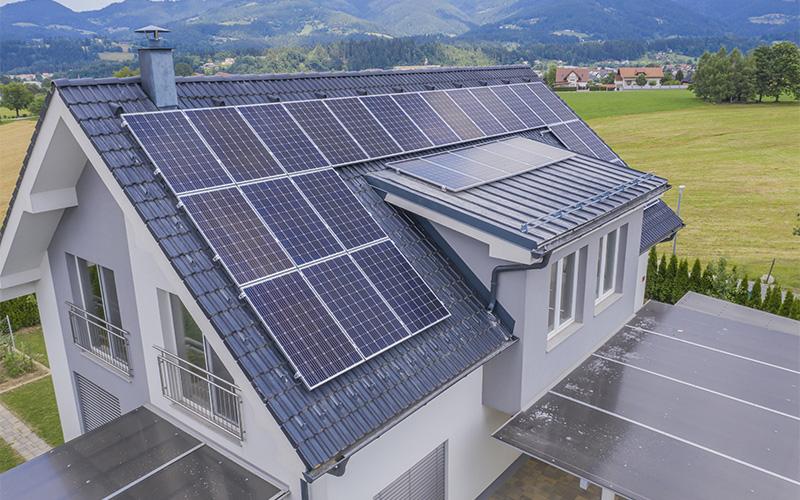Solar power is gaining traction in Singapore as homeowners and businesses seek to reduce energy bills and lower their carbon footprint. With ongoing improvements in solar technology and government support for renewable energy, more property owners are considering solar panel installation. However, the decision involves upfront costs and long-term calculations. This guide explores whether installing a solar panel in Singapore is a financially viable and practical investment by examining installation costs, potential savings, and overall return on investment.
Understanding the Initial Investment
The upfront cost of installing solar panels is one of the biggest factors in the decision-making process. The price varies based on the size of the system, roof space, and the type of inverter and panels used. On average, a residential solar panel in Singapore ranges from S$10,000 to S$20,000 for a 4- to 10-kilowatt setup. Commercial installations scale higher based on energy consumption needs.
While the initial outlay may seem high, the system typically lasts 25 years or more with minimal maintenance. Some local schemes provide subsidies or rebates to offset installation costs. In addition, falling hardware prices and growing market competition have steadily reduced the average solar energy cost, making it more accessible for households and SMEs.
Suitability of Singapore’s Climate for Solar Panels
Despite being a small, dense city-state, Singapore’s location near the equator provides ample sunlight throughout the year, averaging around 3.5 to 4.5 peak sun hours daily. This makes solar panels a suitable and efficient option for local conditions. Moreover, Singapore’s stable weather patterns ensure reliable solar energy production with minimal seasonal fluctuations.
However, the viability of installing a solar panel in Singapore depends on factors like roof orientation, shading from nearby buildings, and available surface area. A professional site assessment is necessary to determine the efficiency potential and whether the installation will yield meaningful returns.
Evaluating Long-Term Cost Savings
The main appeal of solar power lies in its ability to reduce monthly electricity bills. Singapore’s high electricity tariffs mean solar users can offset a significant portion of their energy consumption. On average, a properly sized system can save users S$150 to S$300 per month, depending on energy usage and system efficiency.
Under the SolarNova or Enhanced Central Intermediary Scheme (C&I), excess energy can be exported back to the grid in exchange for credits, further reducing utility costs. When calculated over a 10- to 15-year period, the system typically pays for itself, after which the user enjoys free electricity from the sun. Considering these factors, solar energy cost becomes more attractive over time, especially compared to ever-rising conventional energy rates.
Environmental and Regulatory Benefits
Beyond cost savings, solar energy contributes to sustainability goals by reducing reliance on fossil fuels and cutting greenhouse gas emissions. The Singapore Green Plan 2030 encourages greater adoption of clean energy, and property owners who install solar systems contribute directly to the nation’s climate targets.
The regulatory framework also supports solar adoption. Licences and inspections are required, but the process has become more streamlined in recent years. While this adds some complexity, most licensed installers manage the approvals on behalf of clients, making the transition to solar relatively smooth.
Key Considerations Before Installation
Before committing to a solar panel in Singapore, property owners should consider several factors: current electricity consumption, roof condition, long-term plans for the property, and access to maintenance services. It is also crucial to evaluate warranty terms for the panels and inverter, which cover performance and workmanship.
In addition, one must consider the total solar energy cost, including installation, monitoring systems, and potential upgrades in the future. Seeking multiple quotations and comparing technology specifications can help make an informed choice that balances cost and efficiency.
Conclusion
Installing a solar panel in Singapore can be a worthwhile investment, especially when evaluated over the long term. While the initial setup requires financial commitment, the return through monthly savings and environmental impact can be significant. With Singapore’s favourable climate and growing support for renewable energy, now is an opportune time to explore solar solutions. Assess your needs, calculate long-term benefits, and partner with a reliable provider to maximise your investment.
Ready to switch to solar? Contact Perry Management Clean Energy today to explore efficient, cost-effective solar solutions tailored for your property.




